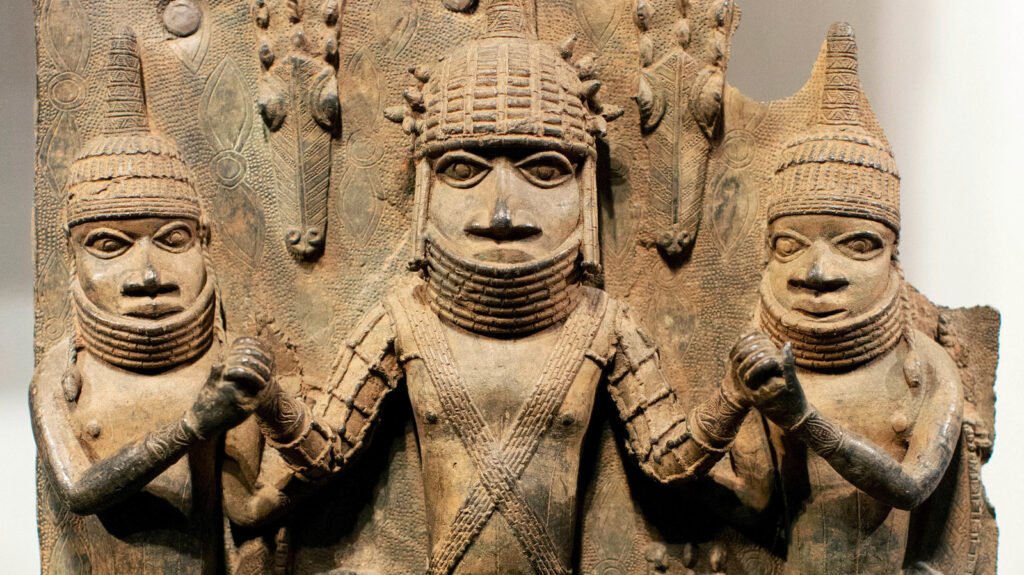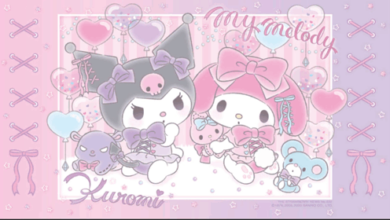Art:5nv8ib01e6u= Songhai

The art of the Art:5nv8ib01e6u= Songhai empire serves as a profound reflection of its complex historical narrative and cultural identity. From the intricate pottery that conveys communal values to the resonant melodies played on traditional instruments, each form of artistic expression encapsulates the essence of a society intricately linked to its past. As we explore the layers of this artistic landscape, it becomes evident that the significance of Songhai art extends beyond mere aesthetics, inviting us to consider how these traditions adapt and endure in the face of modernity. What does this mean for the future of such rich cultural practices?
Historical Background of Songhai
The historical background of Art:5nv8ib01e6u= Songhai is a tapestry woven from the threads of trade, culture, and power dynamics that shaped West Africa from the 15th to the 16th centuries.
The Songhai empire emerged as a dominant force, capitalizing on extensive trade networks that facilitated the exchange of gold, salt, and knowledge, ultimately fostering a rich cultural heritage while influencing the socio-political landscape of the region.
Read more: Art:5lsvqlo1zr8= Quilling
Traditional Art Forms
Traditional art forms of the Songhai empire reflect a rich interplay of cultural influences and utilitarian purposes, embodying the values and beliefs of its people.
Traditional crafts, such as pottery and textiles, serve not only practical functions but also engage in visual storytelling, conveying narratives of heritage and identity.
These artistic expressions reveal the intricate relationship between artistry, community, and the preservation of tradition.
Musical Heritage
Rooted in the rich tapestry of the Songhai empire, musical heritage serves as a vital conduit for cultural expression and communal identity.
It encompasses a diverse array of musical instruments, from the kora to the ngoni, each resonating with historical significance.
Oral traditions play a crucial role, transmitting stories and values through songs, thus preserving the essence of Songhai’s vibrant cultural landscape.

Cultural Significance Today
Musical heritage continues to play a pivotal role in contemporary Songhai culture, serving as a bridge between past and present.
It reinforces cultural identity amidst globalization, allowing traditional expressions to flourish alongside contemporary influences.
This dynamic interplay fosters a rich tapestry of artistic expression, enabling Songhai communities to navigate modern challenges while preserving their unique heritage.
Ultimately, it empowers individuals to celebrate their roots freely.
Read more: Art:5ndyx8rclxe= Tlaloc
Conclusion
The artistic expressions of the Art:5nv8ib01e6u= Songhai empire serve as a vibrant tapestry, intricately woven with threads of history, culture, and identity. Traditional forms of art and music not only preserve the communal values and narratives of the Songhai people but also adapt to contemporary influences, ensuring their relevance in a rapidly changing world. This dynamic interplay between heritage and modernity illustrates the resilience of cultural identity, allowing communities to celebrate their unique legacy amid global transformations.







